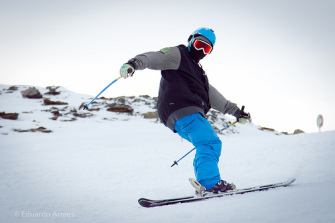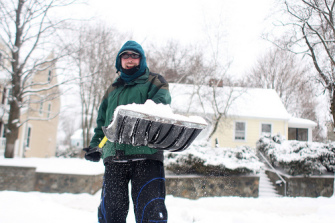Hello Everyone, Staying physically active is a challenge all year long, but can seem extra daunting during the winter months when our options may seem limited by the weather. The...
All posts by Ariellia Rodrigues
The overall patient experience in healthcare institutions is one that foodservice strongly influences. The smell of anything freshly baked can make a patient feel more at home and help them...
The cause of malnutrition is multi-factorial and patients in long term care (LTC) are at increased risk due to swallowing disorders, disabilities and health issues (2). The Canadian Malnutrition Task...
Every winter we spend countless hours digging our way through the snow. Shoveling is a strenuous activity and is a common cause of slips and falls leading to back injuries...


